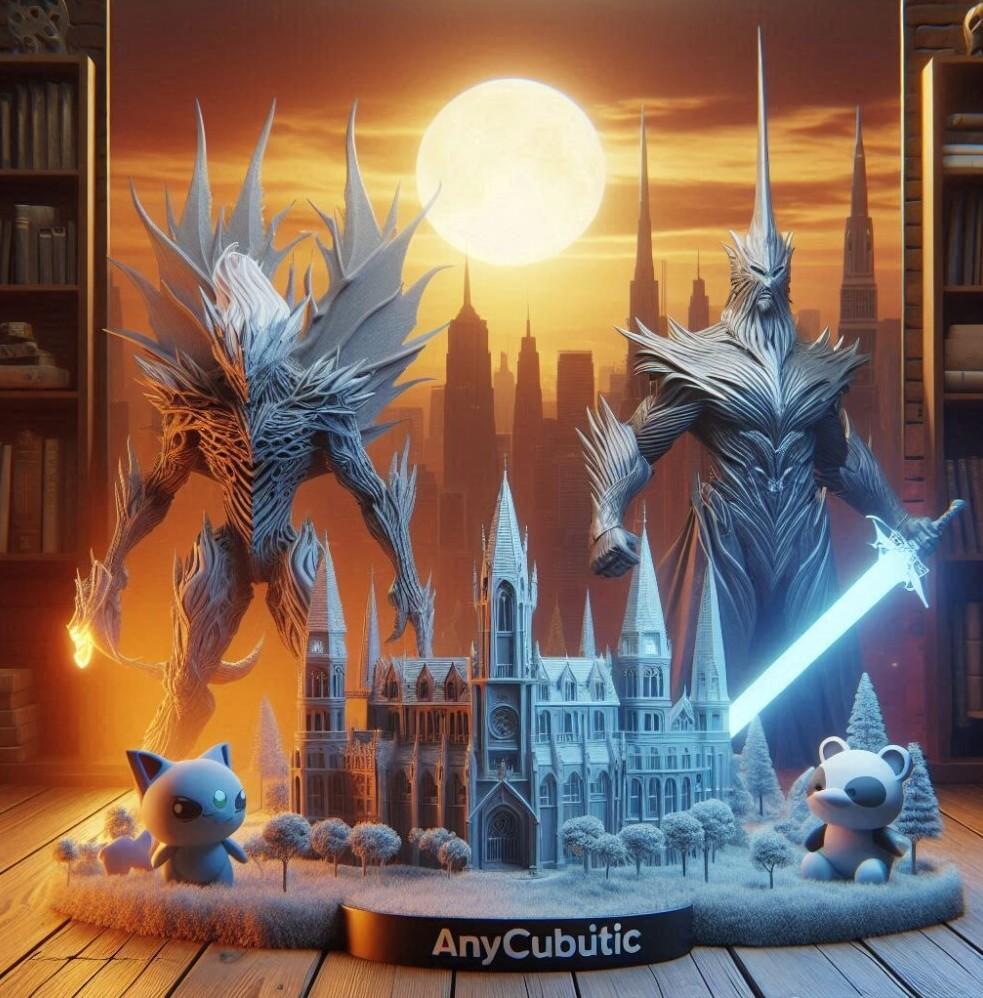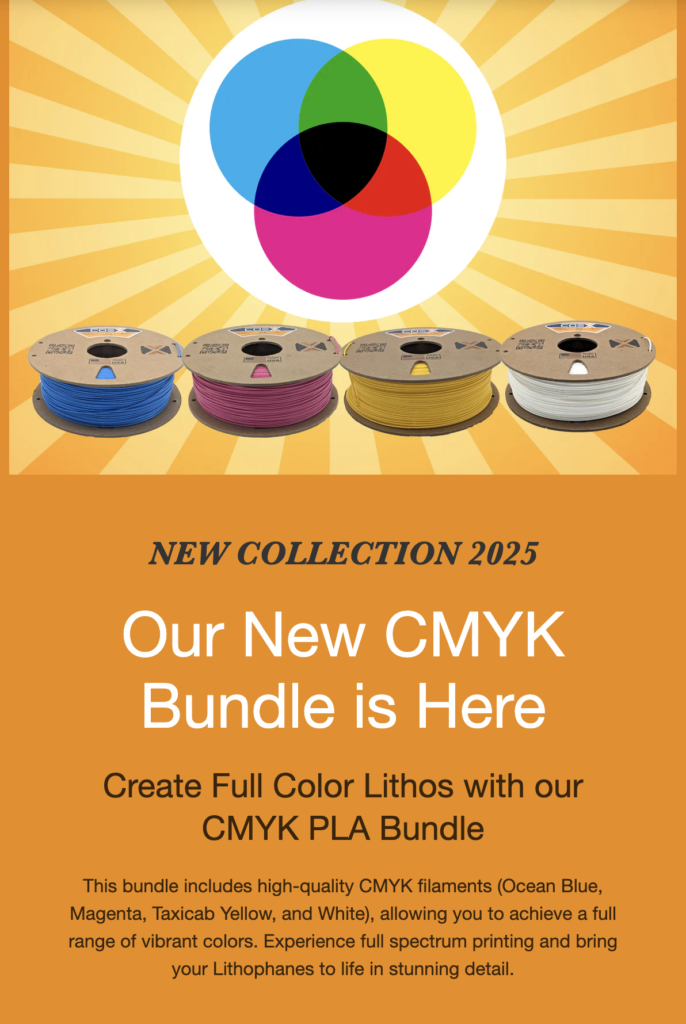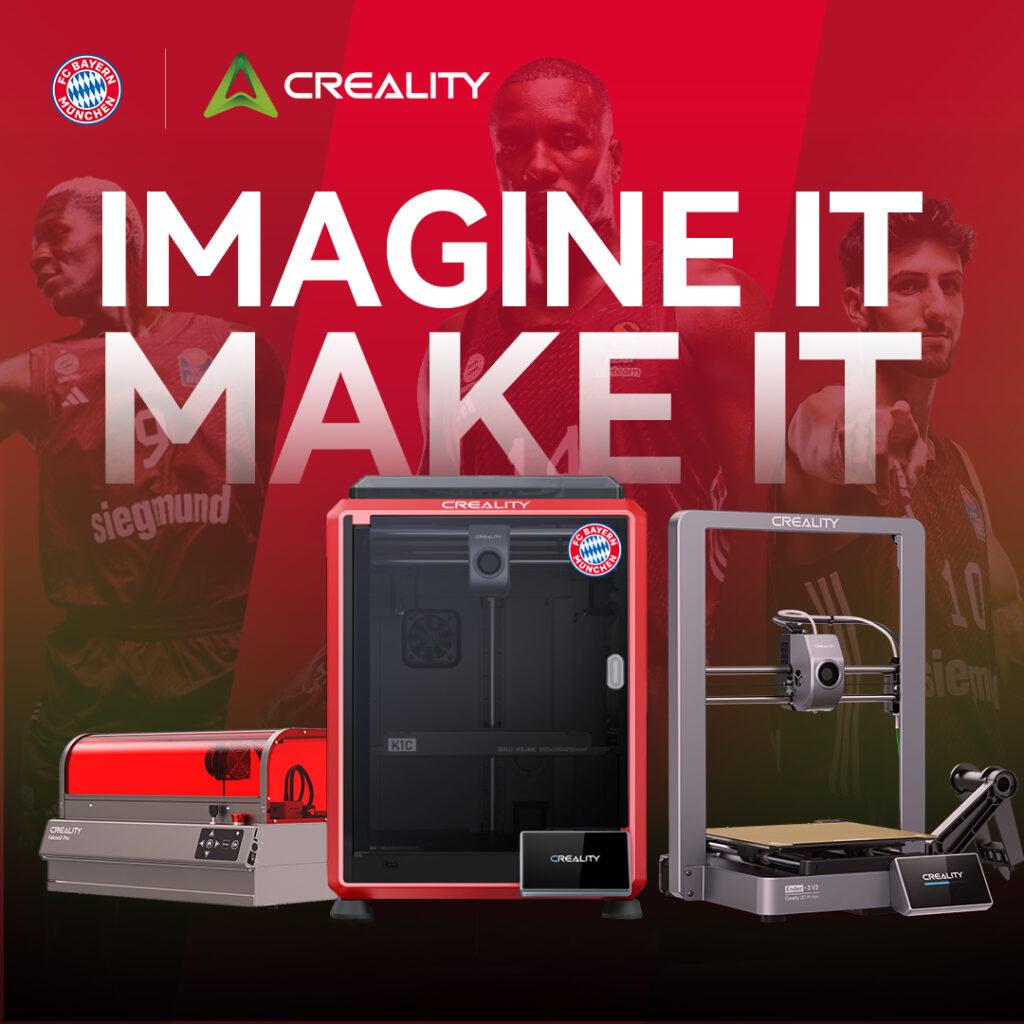
Imagine a world where you can create objects with intricate designs, combining different materials with varying properties, all in a single 3D print. This is no longer a futuristic fantasy but a reality for hobbyists thanks to the rise of multi-material 3D printing. This technology is revolutionizing the way hobbyists approach 3D printing, empowering them to bring their most ambitious ideas to life.
Multi-Material Printing: A Game Changer for Hobbyists
Traditionally, 3D printing involved using a single material, which limited the complexity and functionality of printed objects. Multi-material printing changes this by allowing the combination of materials with different properties, such as rigidity, flexibility, color, and texture, in one print. This capability enables hobbyists to create objects with intricate designs and functionalities that were previously impossible1.
For example, imagine printing a drone with a rigid frame for structural integrity and flexible propellers for improved aerodynamics, all in a single print. Or perhaps creating a toy with moving parts, combining hard and soft materials to achieve realistic movement and tactile feedback. These are just a few examples of how multi-material printing is revolutionizing the hobbyist 3D printing landscape.
Forums Buzzing with Multi-Material Printing
The excitement surrounding multi-material printing is palpable in online forums and communities dedicated to 3D printing. Platforms like 3DPrintingForum.org and the Ultimaker Community are abuzz with discussions about the latest advancements and creative applications of this technology. Hobbyists are sharing their experiences, exchanging tips and tricks, and showcasing their innovative multi-material creations. These forums serve as valuable resources for hobbyists looking to explore the potential of multi-material printing and connect with like-minded individuals.
Advancements Driving Multi-Material Printing
Several key advancements are driving the accessibility and affordability of multi-material printing for hobbyists:
- New Materials: The development of new materials specifically designed for multi-material printing is expanding the range of possibilities. These materials offer a wide spectrum of properties, including varying levels of hardness, flexibility, and even color-changing capabilities. For example, flexible filaments like TPE or TPU allow for the creation of objects with rubber-like properties, while carbon fiber-reinforced polymers provide exceptional strength and stiffness1.
- Improved Hardware: 3D printers are becoming more sophisticated, with features like dual extrusion systems and advanced nozzle designs that enable precise control over multiple materials1. Some printers even offer the capability to print with metal filaments, allowing hobbyists to create objects with a metallic appearance and added weight6.
- Software Innovation: Slicing software, which converts 3D models into instructions for the printer, is becoming more user-friendly, making it easier for hobbyists to design and print multi-material objects7. Advanced software features, such as multi-plate options, allow for the simultaneous printing of multiple objects with different material configurations, while improved slicing capabilities ensure precise control over the deposition of each material8.
- Decreasing Costs: Perhaps the most significant factor driving the adoption of multi-material printing among hobbyists is the decreasing cost of 3D printers and filaments9. As the technology becomes more affordable, it is becoming increasingly accessible to a wider range of hobbyists, enabling them to experiment with multi-material printing without breaking the bank.

Exciting Applications of Multi-Material Printing
Multi-material printing is empowering hobbyists to create a wide range of exciting projects:
- Functional Prototypes: Hobbyists can now create prototypes with intricate designs and moving parts, allowing for more realistic testing and refinement of their ideas.
- Customized Tools: Multi-material printing enables the creation of tools with specific properties, such as ergonomic grips with soft-touch materials or durable components with high-strength plastics1.
- Artistic Creations: Hobbyists can explore their artistic talents by combining different colors and textures to create unique sculptures, jewelry, and decorative objects. Imagine printing a sculpture with a smooth, glossy finish for the main body and a rough, textured surface for the base, all in a single print.
- Educational Models: Multi-material printing can be used to create realistic models for educational purposes, such as anatomical models with different tissue types or geological models with varying layers of rock.
- Articulated Figures: One of the most popular applications of multi-material printing among hobbyists is the creation of articulated figures with movable joints. By combining rigid materials for the body and flexible materials for the joints, hobbyists can create figures with a wide range of poses and movements.
- Functional Gadgets: Multi-material printing allows hobbyists to design and print functional gadgets with integrated electronics and moving parts. For example, hobbyists could print a miniature robot arm with flexible joints and sensors or a custom phone case with a built-in stand and grip.
Multi-Material Printing Technologies
| Technology | Materials | Resolution | Cost |
| FDM (Fused Deposition Modeling) | Thermoplastics (PLA, ABS, PETG, TPU, Nylon) | Moderate | Low |
| SLA (Stereolithography) | Resins | High | Moderate |
| SLS (Selective Laser Sintering) | Powders (Nylon, Polystyrene) | High | High |
FDM is the most common and affordable multi-material printing technology, using thermoplastics like PLA, ABS, and TPU. SLA offers higher resolution and smoother surface finishes but is typically more expensive. SLS provides the highest level of detail and accuracy but is the most costly option.
The Future of Multi-Material Printing
The future of multi-material printing for hobbyists is bright. As technology continues to evolve, we can expect even more innovative materials, printers, and software to become available, further expanding the creative possibilities. This trend is not only exciting for its potential to create unique and functional objects but also for its ability to democratize advanced manufacturing techniques, making them accessible to everyone.
Conclusion,
Multi-material 3D printing is the single most exciting trend in the hobbyist 3D printing world. It empowers hobbyists to push the boundaries of creativity and functionality, creating objects that were previously unimaginable. The decreasing cost of 3D printers and filaments, coupled with advancements in materials, hardware, and software, has made multi-material printing more accessible than ever before. From articulated figures and functional gadgets to customized tools and artistic creations, the applications of multi-material printing are vast and continue to grow. This technology is truly a game-changer for hobbyists, democratizing advanced manufacturing and unlocking a world of creative possibilities.


